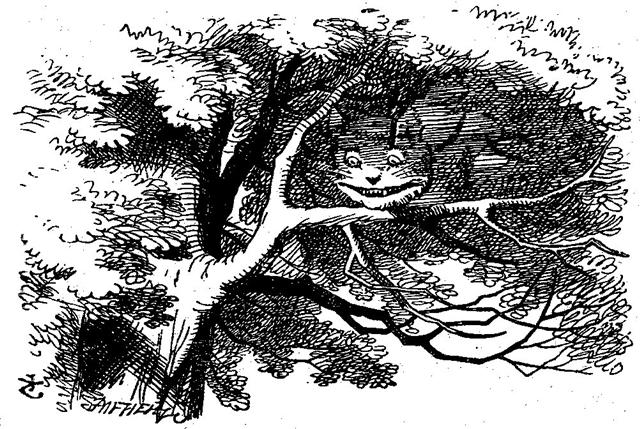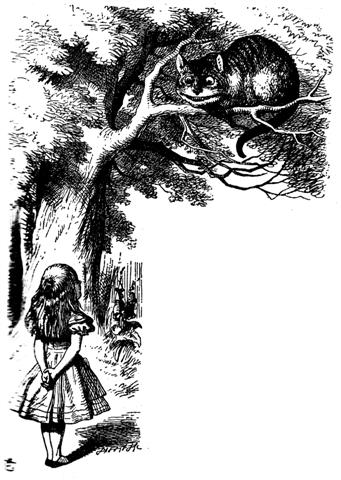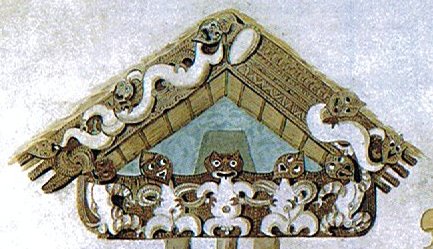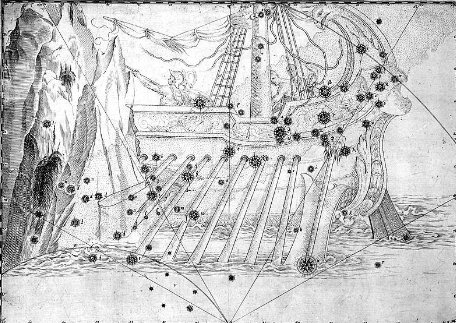165. A reality check means to see if the results are consistent, not just repeatable but also congruent, in harmony with the rest singing together.
The constellation Argo Navis seems to represent the phase when Woman has taken over the command, when Man no longer goes in front. We could say that he had been 'swallowed by a fish'.
...Then
the big Fish did swallow him, and
he had done acts worthy of blame.
But We cast him forth on the naked shore
in a state of sickness,
... And they were sacrificed and buried. They were buried at the Place of Ball Game Sacrifice, as it is called. The head of One Hunaphu was cut off; only his body was buried with his younger brother. 'Put his head in the fork of the tree that stands by the road', said One and Seven Death.
And when his head was put in the fork of the tree, the tree bore fruit. It would not have had any fruit, had not the head of One Hunaphu been put in the fork of the tree. This is the calabash, as we call it today, or 'the skull of One Hunaphu', as it is said. And then One and Seven Death were amazed at the fruit of the tree. The fruit grows out everywhere, and it isn't clear where the head of One Hunaphu is; now it looks just the way the calabashes look. All the Xibalbans see this, when they come to look ...
... The state of the tree loomed large in their thoughts, because it came about at the same time the head of One Hunaphu was put in the fork. The Xibalbans said among themselves: 'No one is to pick the fruit, nor is anyone to go beneath the tree', they said. They restricted themselves, all of Xibalba held back. It isn't clear which is the head of One Hunaphu; now it's exactly the same as the fruit of the tree. Calabash came to be its name, and much was said about it. A maiden heard about it, and here we shall tell of her arrival. And here is the account of a maiden, the daughter of a lord named Blood Gatherer. And this is when a maiden heard of it, the daughter of a lord. Blood Gatherer is the name of her father, and Blood Moon is the name of the maiden.
And when he heard the account of the fruit of the tree, her father retold it. And she was amazed at the account: I'm not acquainted with that tree they talk about. It's fruit is truly sweet! they say, I hear, she said ...
... And then she looked in her hand, she inspected it right away, but the bone's saliva wasn't in her hand. It is just a sign I have given you, my saliva, my spittle. This, my head, has nothing on it - just bone, nothing of meat. It's just the same with the head of a great lord: it's just the flesh that makes his face look good. And when he dies, people get frightened by his bones. After that, his son is like his saliva, his spittle, in his being, whether it be the son of a lord or the son of a craftsman, an orator ... Hipu. Calabash, shell, cup, jug, goblet, pot, plate, vase, bowl, any such receptacle; hipu hiva, melon, bottle; hipu takatore, vessel; hipu unuvai, drinking glass. P Mgv.: ipu, calabash, gourd for carrying liquids. Mq.: ipu, all sorts of small vases, shell, bowl, receptacle, coconut shell. Ta.: ipu, calabash, cup, receptacle. Churchill. Ipu. Gourd (as a container): ipu kaha; abdomen of a lobster: ipu ūra. Vanaga. Hue. To congregate, to get together; huega, meeting, reunion of persons, heap, pile of things; hue hau, ball of string. Huehue, a fish, with a round body, dark back, and light belly. Vanaga. 1. Calabash, gourd, pumpkin, pot, vase. P Pau.: hue, gourd. Mgv.: hue, calabash gourd. Mq.: hue maoi, calabash; hue įkau, pumpkin; hue, every sort of vase with a large aperture. Ta.: hue, gourd, bottle. 2. A pile, a heap; to accumulate, to agglomerate, to amass, to heap up, to collect, to charge, to put in charge, to destine, to consider, to camp, to pile up, to mass, to assemble, to conceal, to reunite; hue ke, to choose; hue no, a halt; hue ki ruga, to put on another; hakahue, to heap up, to amass, to assemble; huega, mass, sheepfold, camp, collection, company, society, council, corporation, faculty, crowd, group, leage. Mgv.: hue, to collect, to gather together, to heap up. Mq.: huevaevae, calf of the leg; huefenua, the terrestrial globe. Ta.: hue, to heap up. Churchill. Pau.: 1. Emotion. Ta.: huehue, to show fear. 2. To carry, to conduct. Mgv.: akahue, to carry a crop of foodstuff. Churchill. Mgv.: A fish. Ta.: huehue, id. Mq.: huehue-kava, id. Sa.: sue, id. Churchill. Paka. 1. Dry; to become dry (of things); pakapaka, to dry out. Te paka is also the name of the moss-covered areas, between the small lakes of volcano Rano Kau, through which one can pass without getting one's feet wet. 2. To go, to depart; he-paka-mai, to come; he-oho, he-paka, they go away. 3. To become calm (of the sea): ku-paka-į te tai. Pakahera, skull, shell, cranium; pakahera puoko tagata, human skull; pakahera pikea, shell of crab or crayfish. Gutu pakapaka, scabbed lips. Hau paka, fibres of the hauhau tree, which were first soaked in water, then dried to produce a strong thread. Moa gao verapaka, chicken with bald neck. Ariki Paka, certain collateral descendents of Hotu Matu'a, who exercised religious functions. Vanaga. 1. Crust, scab, scurf; paka rerere, cancer; pakapaka, crust, scabby. 2. Calm, still. 3. Intensive; vera paka, scorching hot; marego paka, bald; nunu paka, thin. 4. To arrive, to come. 5. To be eager. 6. To absorb. 7. Shin T. Pakahera, calabash, shell, jug. Pakahia, to clot, curdle, coagulate. Pakapaka, dry, arid, scorching hot, cooked too much, a desert, to fade away, to roast, a cake, active; toto pakapaka, coagulated blood; hakapakapaka, to dry, to broil, to toast. Pakahera pikea, shell of crab or crayfish. Churchill.
Or we could rather say that he had lost the function of his male member:
... Sorrowing, then, the two women placed Osiris's coffer on a boat, and when the goddess Isis was alone with it at sea, she opened the chest and, laying her face on the face of her brother, kissed him and wept. The myth goes on to tell of the blessed boat's arrival in the marshes of the Delta, and of how Set, one night hunting the boar by the light of the full moon, discovered the sarcophagus and tore the body into fourteen pieces, which he scattered abroad; so that, once again, the goddess had a difficult task before her. She was assisted, this time, however, by her little son Horus, who had the head of a hawk, by the son of her sister Nephtys, little Anubis, who had the head of a jackal, and by Nephtys herself, the sister-bride of their wicked brother Set. Anubis, the elder of the two boys, had been conceived one very dark night, we are told, when Osiris mistook Nephtys for Isis; so that by some it is argued that the malice of Set must have been inspired not by the public virtue and good name of the noble culture hero, but by this domestic inadventure. The younger, but true son, Horus, on the other hand, had been more fortunately conceived - according to some, when Isis lay upon her dead brother in the boat, or, according to others, as she fluttered about the palace pillar in the form of a bird. The four bereaved and searching divinities, the two mothers and their two sons, were joined by a fifth, the moon-god Thoth (who appears sometimes in the form of an ibis-headed scribe, at other times in the form of a baboon), and together they found all of Osiris save his genital member, which had been swallowed by a fish. They tightly swathed the broken body in linen bandages, and when they performed over it the rites that thereafter were to be continued in Egypt in the ceremonial burial of kings, Isis fanned the corpse with her wings and Osiris revived, to become the ruler of the dead. He now sits majestically in the underworld, in the Hall of the Two Truths, assisted by forty-two assessors, one from each of the principal districts of Egypt; and there he judges the souls of the dead. These confess before him, and when their hearts have been weighed in a balance against a feather, receive, according to their lives, the reward of virtue and the punishment of sin ...
|
||||||||||||||||||||||||||||||||||||||||||||||||||||||||||||||||||||||||||||||||||||||||||||||||||||||||||||||||||||||||||||||||||||||||||||||||||||||||||||||||||||||||||||||||||||||||||||||||||||||||||||||||||||||||||||||



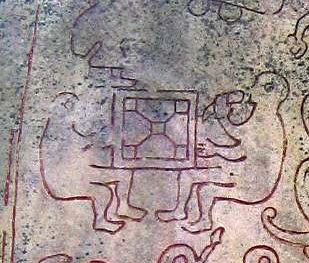


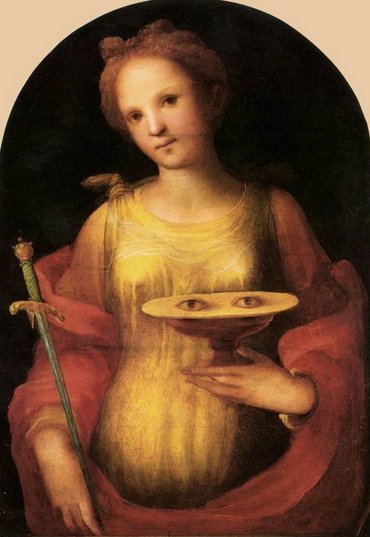




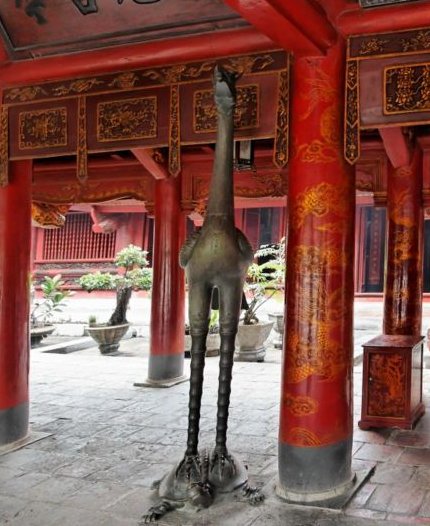



.jpg)



